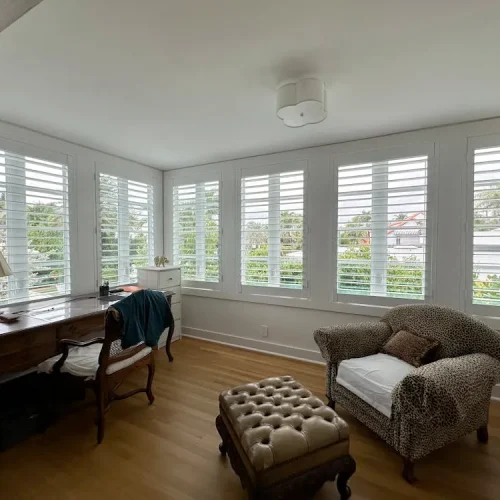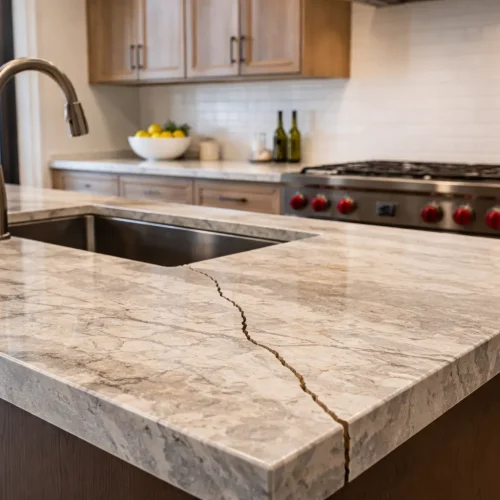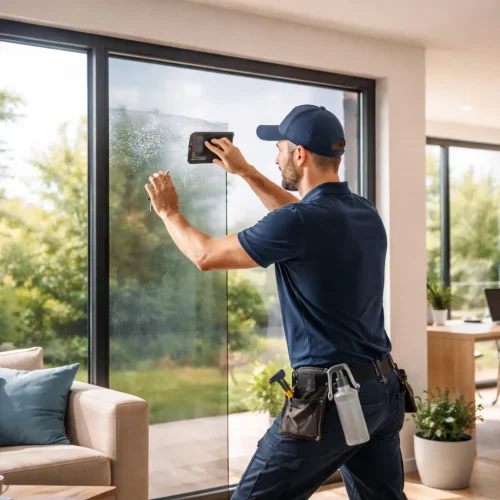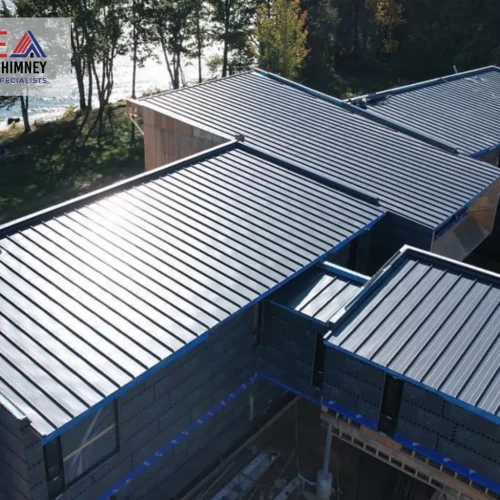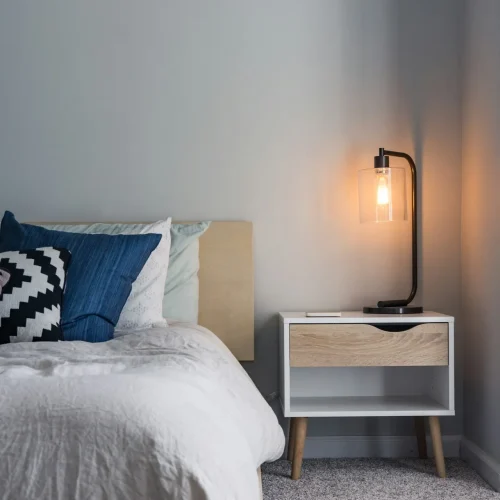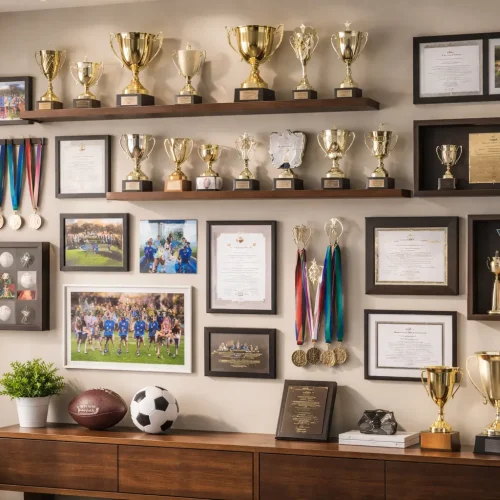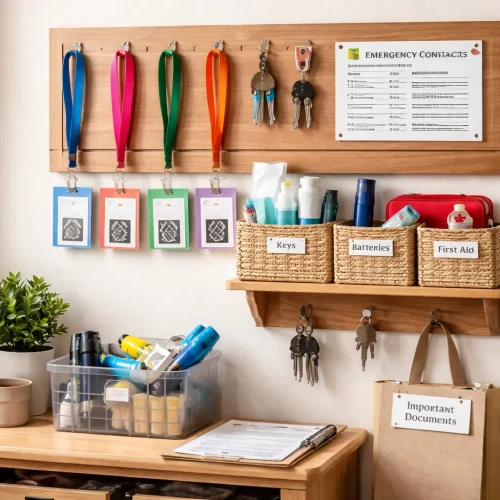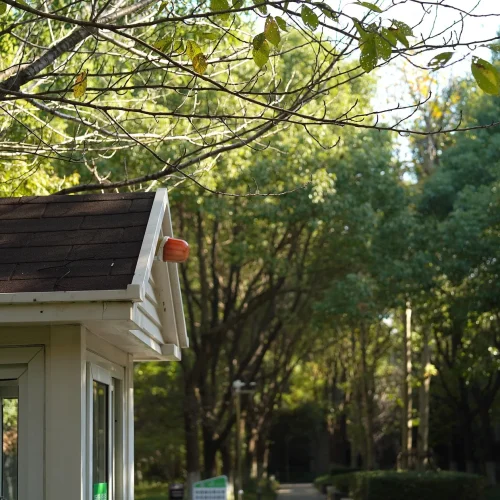Renovating a home is like diving blindfolded into a pool you hope is full of water. You trust the architect. You trust your own Pinterest board. And you trust that the beige you picked for the walls will be “cozy” and not “clinic.” But what if you could see it — walk through it, peek around corners, stand under your new skylight — before a single nail is hammered?
Augmented Reality (AR) is flipping home renovation on its side, bringing a new level of control, immersion, and confidence to both homeowners and professionals. Want to knock down that wall? Tilt your phone and poof, it’s gone. Fancy a brick fireplace where there’s now drywall? Swipe and there it is, crackling away.
And the best part? You don’t need to be a tech genius. If you can swipe, you can AR.
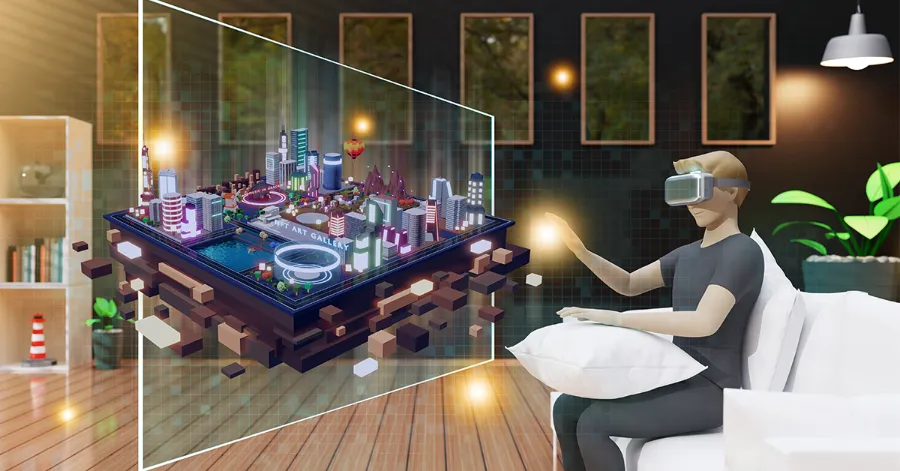
Not Just for Gamers Anymore
For years, AR was seen as the playground of gamers and sci-fi fans. Now, it’s one of the most practical tools in the home improvement industry. Apps like Houzz, IKEA Place, and Magicplan offer AR tools that let users place, move, and adjust furniture, fixtures, and even walls in real-time, overlaying them directly onto your existing space through your smartphone’s camera.
According to a 2024 survey from Statista, over 65% of homeowners who used AR in planning renovations reported higher satisfaction with the final results compared to those who relied solely on sketches or 3D models. It’s like test-driving your remodel before committing to the purchase.But as AR tools gather data from your surroundings — spatial mapping, camera feeds, layout preferences — it’s smart to think about privacy. Especially when apps access your camera and potentially sensitive interior views of your home. A simple layer of protection like a VPN while using home design apps ensures that your renovation visions don’t leak into unknown hands. VPN is not paranoia; it’s basic digital hygiene in 2025. And thanks to disparate VPN servers, it’s also a tool that brings back freedom on the Internet.
Walk Inside the Idea Before It’s Real
Let’s say you’re considering converting your dark, cluttered garage into a sleek studio. With AR, you can see how light pours in through new windows at different times of day. You can check if that bold navy accent wall clashes with the floor tile you had in mind. You can even float a minimalist desk setup in the corner and decide if it feels too tight or just right.
It’s not static — it’s responsive. And that makes all the difference.
Here’s where the magic hits: the brain processes visuals 60,000 times faster than text. So while you might describe your dream kitchen in a dozen conversations, your contractor may still get it wrong. But if you walk them through it — virtually — misinterpretation plummets.
AR doesn’t just let you visualize. It helps everyone you work with see the same thing.
The Tools Shaping the Future of Renovation
What kind of tools are we talking about?
- IKEA Place: Want to drop a new couch in the living room and check for feng shui? This app lets you place true-to-scale furniture using AR.
- Houzz: Offers a “View in My Room” feature where you can simulate decor changes live.
- Magicplan: Lets users create floor plans just by scanning the room with a smartphone — and yes, it supports AR overlays.
- Planner 5D: Combines AR and AI to generate entire room redesigns from a single snapshot.
These platforms don’t just show you things. They make suggestions, adjust scale, and even offer pricing estimates in some cases.
In 2023 alone, more than 7 million users across North America interacted with AR-driven design apps at some stage of a renovation project, and the number continues to rise. The appetite is real.
Mistakes Avoided, Money Saved
Remember that regrettable teal backsplash from 2017? Or that loft conversion that felt bigger in your imagination than in reality? AR prevents those budget-blasting blunders.
Instead of buying, installing, and then regretting, you preview, tweak, and perfect before purchase. It’s not about virtual gimmicks — it’s about risk reduction. An estimate from HomeAdvisor suggests homeowners could save up to 15% of their total renovation budget by using AR tools to avoid wrong purchases and change orders.
Mid-project changes can be brutal. AR planning significantly reduces the chance you’ll say, “This isn’t what I thought it would look like.”
Also worth noting — whenever you’re uploading floorplans or using cloud-based AR, make sure your connection’s encrypted. Even a quick VPN for pc burst helps guard layout and location data from third-party snooping. You’d be surprised how valuable “inside your house” really is to the wrong people.
The Psychological Payoff: Confidence in Chaos
Home renovation is notoriously stressful. Dust in the air, decision fatigue, delays, and doubting every fixture. But when you’ve seen the finish line — really seen it, in 3D, in your living room — the chaos feels less scary.
There’s less second-guessing. More clarity. You’re not wondering “what if”; you’re simply waiting for the real version of what you already experienced virtually.
It’s the same dopamine hit as getting to unwrap something you know you’ll love. Because you already “used it” in your mind.
Not Just for the Big Stuff
You don’t need a mansion overhaul to benefit from AR. Want to test out wallpaper on a single wall? Swap light fixtures? Simulate the placement of a floating bookshelf? All doable.
Micro-changes can be magnified in value when visualized in advance. That’s part of AR’s quiet strength: it makes small decisions visible, and big ones manageable.
And remember — not every AR tool needs a headset or advanced tech. Your phone probably already has the necessary sensors and computing power. So why not use it?
Future-Proofing Home Design
As AR becomes more advanced, expect it to blur even more with AI. Picture this: you scan your room, describe a vibe — “Mid-century cozy with a splash of Tokyo café” — and an AR-AI hybrid shows you ten instantly modifiable concepts, complete with price tags and supplier links.
That’s not 2035. That’s almost now.
If home is where the heart is, AR is fast becoming the new heartbeat of smart renovations. And in this digital age, there’s no good reason to build blind anymore.
You can see it. Touch it. Tweak it. Then make it real.
Before the sawdust, before the invoices, before the regret.
That’s the AR edge.


